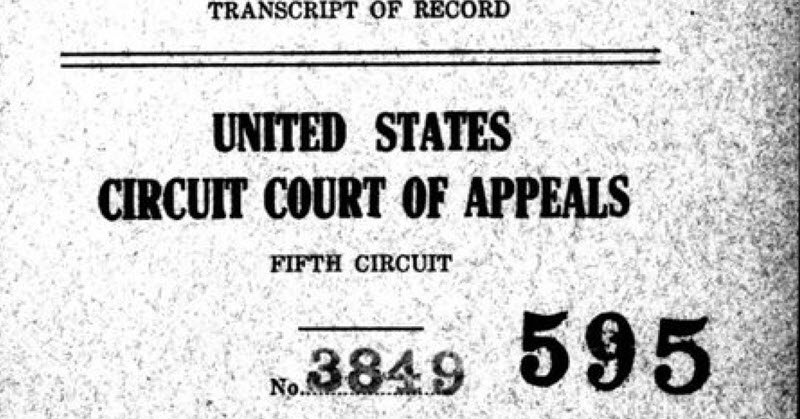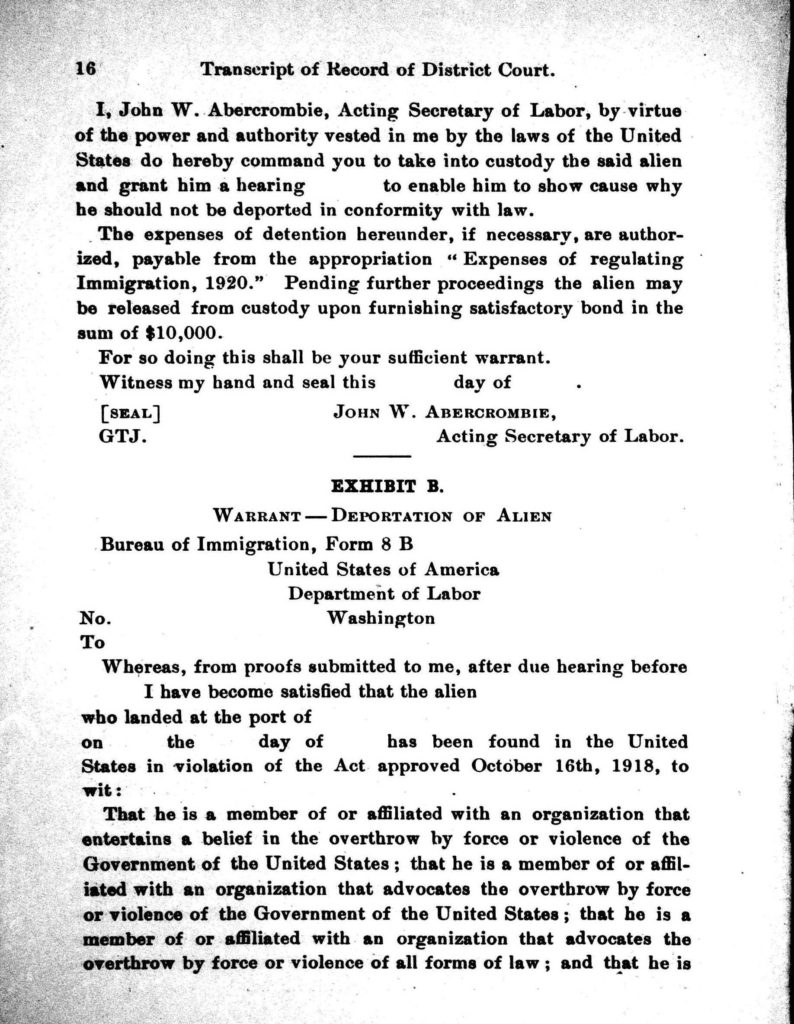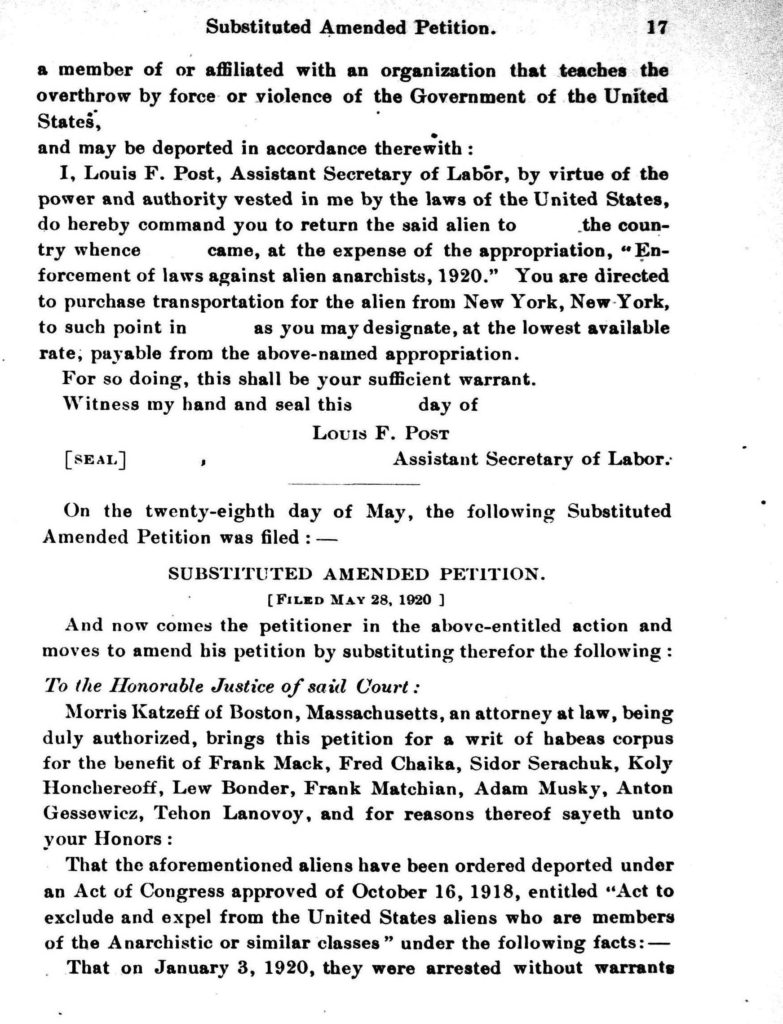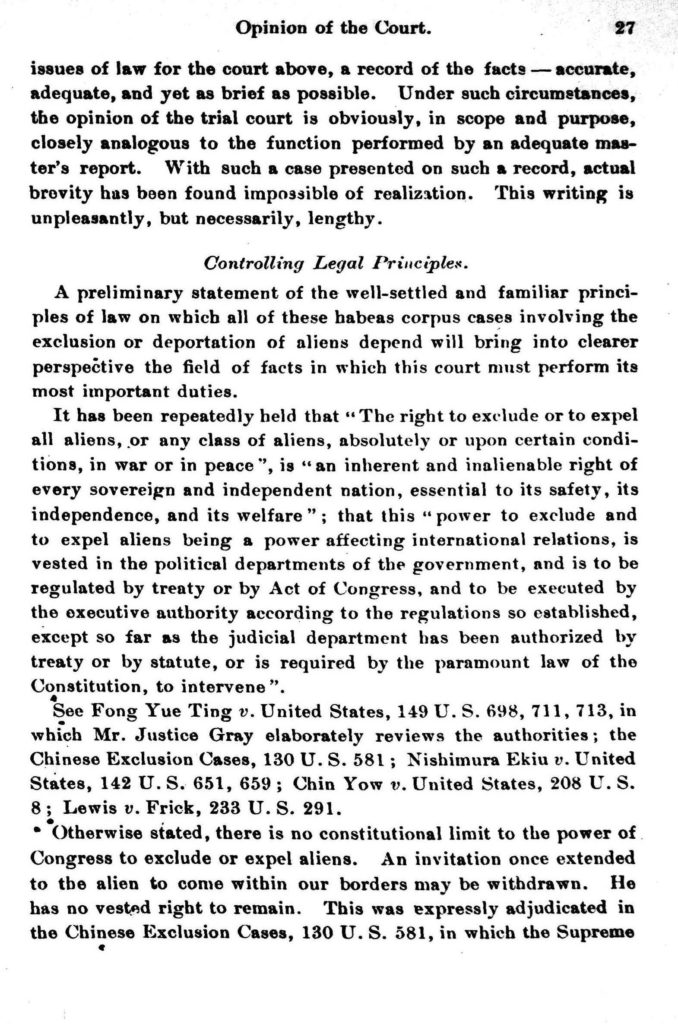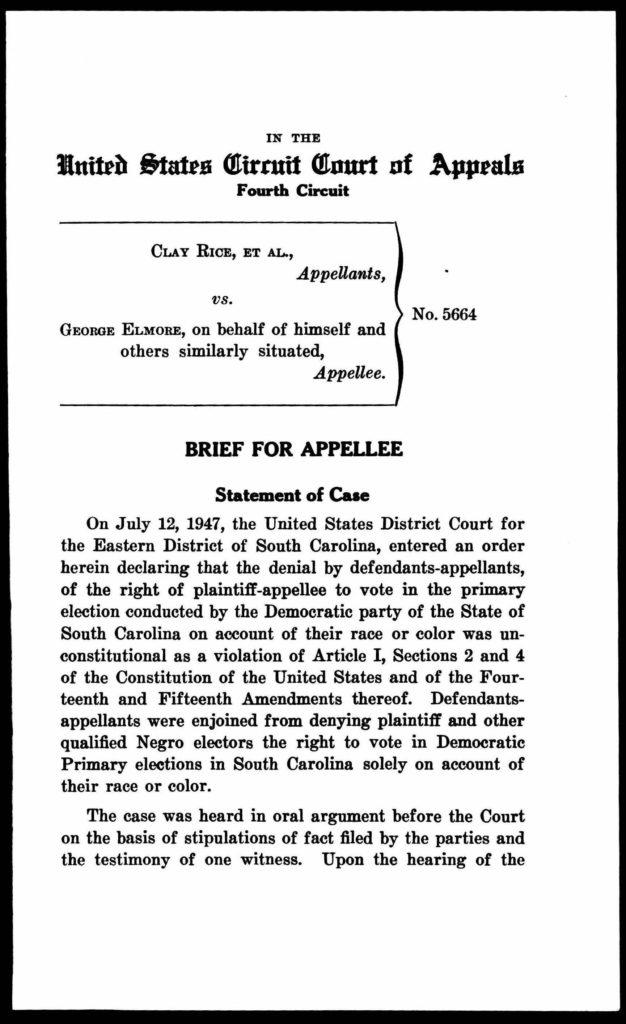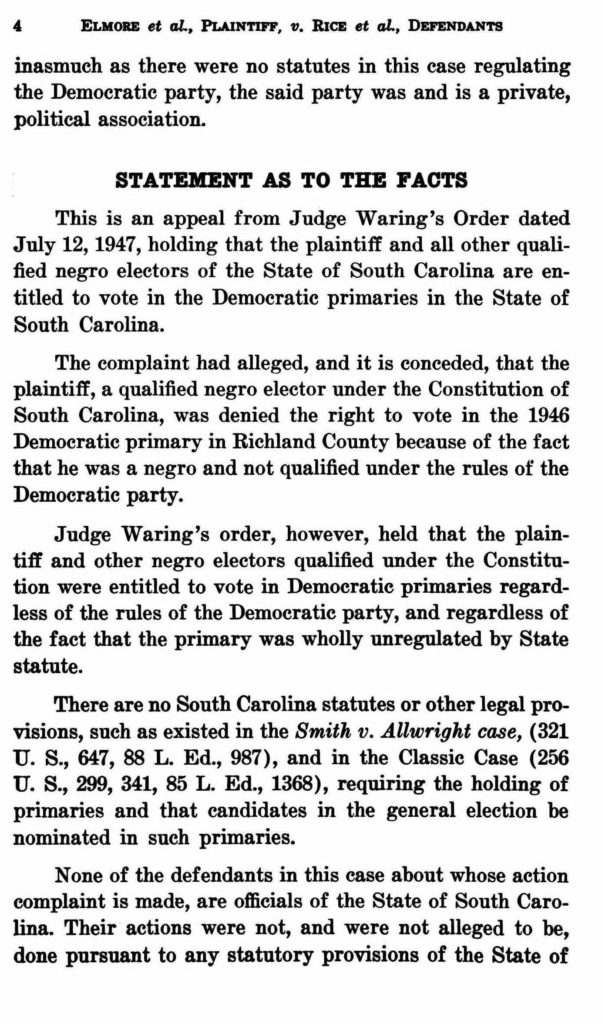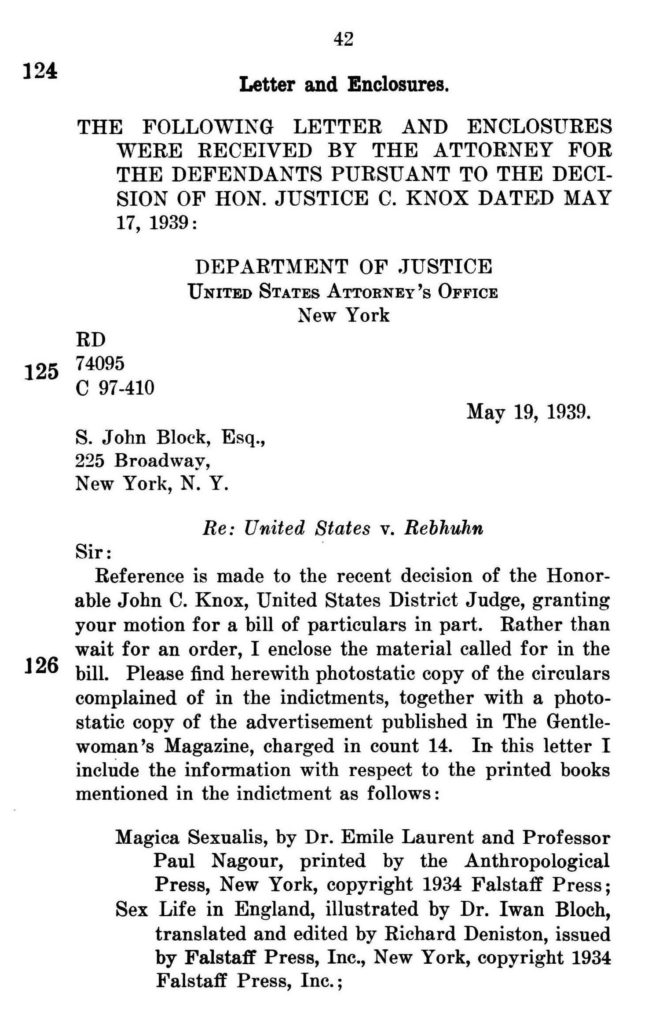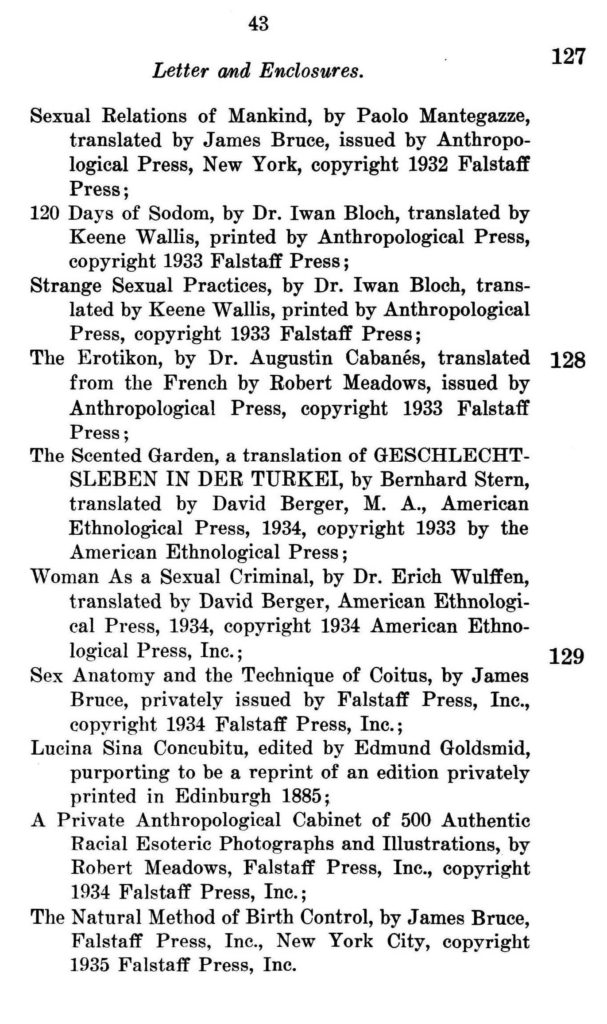| By Bennett Graff, Gale Acquisitions Editor |
In recognition of the growing number of court cases requiring a decision for the burgeoning population of the United States, Congress set up the modern federal appellate court system with passage of the Judiciary Act in 1891. The Evarts Act, as it came to be known largely through the work of New York senator William M. Evarts, separated the 43 states that then comprised the United States into 10 circuits, adding the 11th circuit in 1929. The circuits during the first 60 years of the federal appeals courts’ existence were composed of those first 43 and the District of Columbia in 1891, reaching 49 states by 1950 (Alaska and Hawaii would not be admitted until 1959).
Unlike district court judges the next level down, who heard testimony and reviewed evidence, federal appeals court judges typically received briefs that argued key issues regarding the lower court decision and then heard attorneys for both sides through oral argument only. Although the decisions of the district court and appeals court judges are well preserved in historical records, the briefs filed by plaintiffs, defendants, and “friends of the court” remain difficult to access. For scholars, the wealth of information contained in these briefs is a treasure trove of critical information on innumerable matters, from historical surveys of law to sociological studies of behavior to snapshots of the industries that built modern America.
In The Making of Modern Law: Landmark Records and Briefs of the U.S. Courts of Appeals, 1890–1950, Gale rectifies the gap in access to these vital primary sources from this important 60-year period in American legal and social history. Within this collection, researchers will find a gold mine of information not only on legal issues but social, cultural, and economic matters. The six decades of American history covered by the archive offer scholars insights through legal debate over such issues as the intangible property rights that accumulated around patents, trademarks, and copyrights, underscoring America’s modern technological and intellectual development; the limits on free speech imposed by antisedition legislation; the role Prohibition played in reshaping the judicial views of interstate commerce, law enforcement, tax policy, and social mores; the impact legislation had on the changing configuration of employer-employee relations and worker rights; the powers of government to exclude, deport, intern, and incarcerate legal and illegal immigrants as well as American citizens of foreign heritage.
For example, one case that underscored the clash between the government’s power to deport unwanted immigrants and the free speech rights of not only American citizens but immigrants to the United States is Skeffington v. Katzeff. This 1922 case started in Massachusetts, moving through the state’s district court before reaching the First Circuit of the U.S. Court of Appeals. Henry J. Skeffington was at the time United States commissioner of immigration in Boston, and attorney Morris Katzeff represented the “aliens” who were being subjected to deportation because they were members of “or affiliated with an organization that entertains a belief in the overthrow by force or violence of the Government of the United States.” This case was one of several tests of the Dillingham-Hardwick Act, otherwise known as the Alien Anarchists Exclusion Act, which Congress had passed on October 16, 1918.
Caption: Letters justifying the deportation of individuals, reproduced as evidence in the document: O’Keefe, Arthur B., and Morris Katzeff. Skeffington v. Katzeff, 277 F. 129 (1922). Transcript (Legal). N.D. The Making of Modern Law: Landmark Records and Briefs of the U.S. Courts of Appeals.
Voting rights were also a critical issue. Although Jim Crow laws would find themselves under a more determined legal assault after World War II, a number of test cases did pass through the courts prior to 1950. One such case was Rice v. Elmore. Originating in South Carolina, it was appealed to the Fourth Circuit of the U.S. Court of Appeals in 1947. In this case, the court deliberated on whether the South Carolina Democratic Party could exclude Black voters from participating. Even though the party organization argued that no statutes from the state then existed (they had been recently repealed) that regulated the state party’s power to set criteria for who could vote in the state’s Democratic primary, the federal district court ruled against the defendants. The Fourth Circuit affirmed the district court’s decision, and the Supreme Court’s refusal to hear the case left the Fourth Circuit’s decision in place. The briefs included here delve into the intricacies of this case.
Caption: A clip of the “Statement of the Facts” section of the brief as it appears in Benet, Christie, et al. Rice v. Elmore, 165 F.2d 387 (1947). Appellant’s brief. October 13, 1947. The Making of Modern Law: Landmark Records and Briefs of the U.S. Courts of Appeals.
Another matter seeing active debate was the definition of obscenity, often used to curtail the discussion of controversial topics, such as birth control, sex education, and sex research. One such case reached the Second Circuit Court of Appeals, United States v. Rebhuhn. In this 1940 case, defendants were charged with the distribution of circulars in the mail that promoted sexually scientific and possibly pornographic works. The briefs address a variety of issues, from prevailing definitions of obscenity to proper court procedure to questions of what constitutes criminal intent.
Caption: A letter and enclosure describing the “obscene” book being advertised by circular, as reproduced in United States v. Rebhuhn, 109 F.2d 512 (1940). Court record. N.D. The Making of Modern Law: Landmark Records and Briefs of the U.S. Courts of Appeals.
These cases are but the tip of the proverbial iceberg. Researchers will find cases on a slew of issues that range far beyond matters of law and delve deeply into matters of public policy and civic culture. These cases consider the treatment of:
Alcohol and drug enforcement policy, as explored in the DC Circuit’s review of Cratty v. United States from 1947, one of the earliest cases to address the legal constraints on marijuana distribution;
Labor relations, as considered in the Ninth Circuit decision on National Labor Relations Board v. Montgomery Ward & Company,a 1943 court ruling that dealt with one of America’s then largest retail businesses, Montgomery Ward, and unfair labor practices;
Immigration rights, as addressed in another Ninth Circuit ruling, specifically Woo Wai v. United States, a 1915 case that explored the problem of illegal immigration within the legal context of entrapment;
Native American rights, as examined in the Eighth Circuit’s review of Buster v. Wright, a 1905 decision that reinforced the powers of the Creek Nation government to exact permit fees from noncitizens of Creek towns;
Legal rights, such as the right to counsel, as treated in the Seventh Circuit’s assessment of United States v. Ragen, a ruling from 1948 that limited appeals based on the incompetence of counsel;
Intangible property rights, such as those affecting copyright, as explored in the Seventh Circuit’s consideration of Vargas v. Esquire, Inc., a 1947 case that clarified the absence of “moral rights” to creative work contracted under a work-for-hire contract;
Rights of criminal defendants, as addressed in the DC Circuit’s examination of Fisher v. United States, a 1945 decision that explored the limits of insanity pleas as a defense against capital convictions.
Beyond these, scholars will find cases on other topics of critical legal and social importance. Irrespective of topic, the number of cases ultimately settled at federal appellate circuit court level dwarfs the number that the Supreme Court ultimately heard—and that in itself should give any scholar pause who seeks to understand the American legal—as well as sociopolitical—landscape during this period in American history.
FW0663 – adidas samba ireland live score last night – adidas Futurenatural Shoes Vivid Red Mens | New Balance 530 Lifestyle Unisex Beyaz Spor Ayakkabı Kadin Spor Ayakkabı & Sneaker 4127850 , Network-presidentsShops

